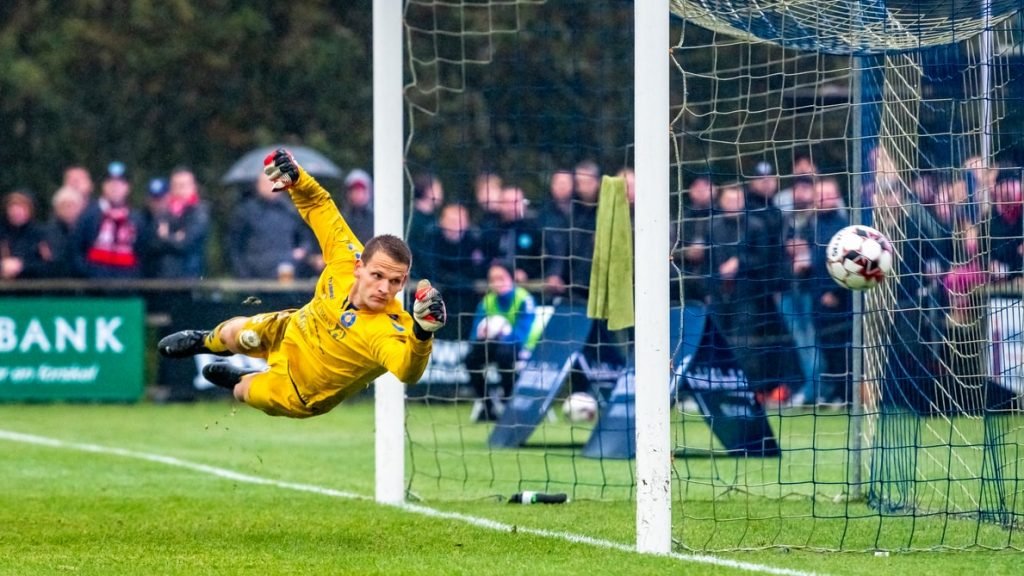Sports photography as you might have guessed involves photographing sporting events. Sports photography was not given the same amount of significance as its being given in the current era.
Photographers working in this specific field are open to huge job opportunities and thus you need to know the best camera settings for sports photography.
Newer designations and subcategories are being introduced at a fast pace, it is no longer only about photographing sportspersons but now it also incorporates photographing for merchandise, adverts, and social media.
All this has become possible because of the rapid expansion of the sports industry in these last few years and photography being a vital part of it.
If you are an aspiring sports photographer but facing problems when it comes to understanding the demands of modern-day sports photography, then this is just the right place for you, here we are going to discuss the primary requirements and technicalities involved in sports photography.
Photographing for, say football, tennis, cricket, basketball, or polo might sound quite easy to get into but they’re not, sports photography involves a unique set of techniques and settings which are needed to be utilized to capture fast-moving subjects and to make the best use of limited space available for the photographer.
Now let’s discuss some of the basic concepts and techniques which you need to make use of while being in the above-mentioned situations.
Camera Settings For Sports Photography
Zooming Capability
Usually, sporting events would not let photographers get near the sportspersons as it might disrupt the game, these situations happen in almost all kinds of sports.
To face such a situation use a camera with a good zooming range, if you want to go one step further be equipped with a lens suitable for the job, having a focal length of at least 200 mm.
These would ensure that your subjects always remain in close range where analyzing their movement would not be a hard task resulting in professional shots.
Some of our recommendations would be:
Also Read: Best Sports Photography Lenses
Put a stop to Auto Mode
It’s one of the most common mistakes made by entry-level photographers. Auto mode or more specified “Sports Modes” might seem to be quite useful at first glance, but they are not something on which you should be relying if your goal is to produce professional images.
To transform your work similar to that of experts, start learning and using the semi-manual mode.
Utilize Fast Shutter Speed
If you are going to be shooting in between the game then fast-moving subjects would be common and capturing them with precision is not an easy task.
To help you with that make sure that you opt for a faster shutter speed (of at least 1/500th of a second) in your camera for being able to capture the fast action of your subject.
Proper ISO
Determining the correct ISO which suits the conditions of the field is a task that requires proper experience and understanding of the situations. If not done correctly then it can ruin your perfectly timed shots with you not even realizing about it.
While shooting in semi-manual mode, the ISO has to be set manually. Observe the location, availability of light, and weather conditions very carefully, if possible try inspecting the field before the event starts that will provide you with a good idea about what to expect.
Set the ISO accordingly, for example, if you are going to shoot on a bright and sunny day, opt for a lower ISO of around 400 as a good amount of light is already available. The same is for night-time matches as the floodlights are already offered enough light to compensate for the ISO.
While encountering overcast conditions, a comparatively higher ISO might be needed, something in the range of 800 to 1200 will do the job.
It might appear to be a bit complicated if you are a beginner in determining the appropriate ISO. But be assured that it takes no time to develop a better understanding of the various time conditions which you might encounter during an event and the ways to adapt to them.
Use Auto-Focus and Burst Mode
Always set your camera on auto-focus or burst mode before the match starts, as you will be encountering haphazard movement among the players once the match begins. During a time like that if your camera is locked on a specific spot then that will turn out to be extremely problematic for you.
Make sure that the camera is always set at auto-focus, burst mode being even better. If an option for specifying the frames per second is available then always opt for three or more.
Take a LOT of shots
No matter the kind of game you are photographing, never hesitate in taking multiple shots. If you have an opportunity then don’t shy away, utilize the burst mode, and long-press the power button to obtain as many shots as you can.

Remember that there is no harm in taking multiple shots, this ensures that there is no chance of a bad photograph. Always be equipped with multiple batteries and storage devices to be able to go on for the whole day without any recharging.
Use a monopod and shoot from low-angles
Shooting from lower angles will automatically give your images more of a cinematic look. It will also provide a proper background ensuring that your subject is the primary focus.
Adding a monopod to your kit is also a great option for obtaining next-level images, even if your kit is relatively easy to carry around, a monopod will make it much easier to move the camera without the fear of losing a perfectly stabilized pose.
We hope that these techniques will prove to be helpful in your journey of exploring the world of sports photography. Now that you know the camera settings for sports photography, keep learning and keep shooting.



